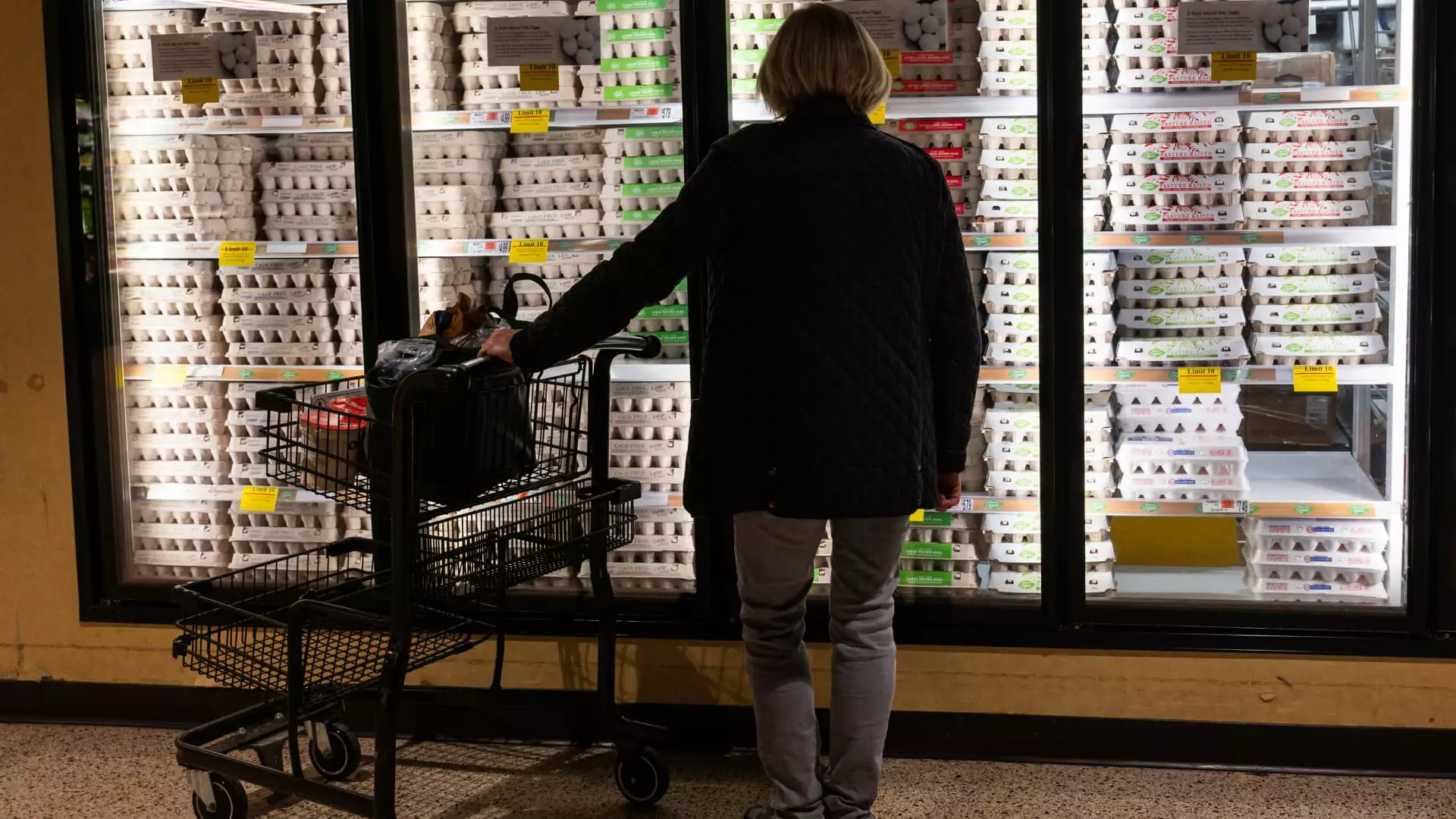In a welcome twist of fate for beleaguered shoppers, wholesale egg prices have plummeted recently, falling from a staggering $8.58 per dozen to $4.83—a 44% drop that suggests relief could be on the horizon. Yet, if you thought that life would return to normal for consumers wracked with eggshell-shattering sticker shock, you might want to hold your cart. Experts warn that while wholesale prices are down, it’s a confusing landscape as to how quickly these cuts will trickle down to retail prices, leaving many to wonder if this is just a fleeting moment of hope or a sign of more complex market dynamics at play.
Why Did Prices Soar? A Perfect Storm of Factors
This dramatic spike in prices over the past year can be attributed to a multitude of factors, chief among them being outbreaks of avian influenza that have decimated flocks across the nation. Millions of egg-laying hens have perished, severely constricting supply and sending prices into a tailspin that would make any economist’s head spin. The government’s investigation into major egg producers raises even more questions about market manipulation. The specter of price-fixing hangs over our beloved breakfast staple, no doubt exacerbated by corporate interests prioritizing profits over reasonable pricing.
The Current Market Dynamics
Even with the recent drop in wholesale prices, we must approach this situation with caution. The USDA indicates that the reduction stems from a decrease in bird flu outbreaks and waning consumer demand, yet many households remain hesitant to restock their supplies. It seems a collective trauma lingers from the early days of the COVID-19 pandemic—a psychological urge to stockpile eggs in fear of future shortages. Add to this the quiet desperation of consumers who are still paying top dollar for what should be a relatively inexpensive food item, and one can see a disheartening picture unfolding.
Karyn Rispoli, an egg market analyst, articulates the confusion within the marketplace. Retail prices might be slow to reflect the decrease in wholesale costs due to a lag effect, which often leaves consumers grappling with past pricing even as the market shifts beneath them. At this crossroads, consumers are left shell-shocked and uncertain, not just by price, but by the very accessibility of a staple food item.
Should Consumers Trust the Market? A Center-Left Perspective
From a socio-political standpoint, the current egg pricing situation highlights broader systemic issues within our food supply chain. While we collectively hope for prices to stabilize, let us not overlook the unsettling reality that corporate greed may very well underlie these fluctuations. When wholesale prices drop, retailers might not pass those savings onto consumers right away, if at all, instead opting to fatten their margins. This sense of inherent distrust leads us to question not just the practices of the big players in the egg industry but the framework of our agricultural economy overall.
Consider this: As Easter approaches, a time traditionally associated with egg consumption, demand is bound to spike once more. How the market responds will be telling. Will prices inflate again, returning us to a painful cycle, or will we witness genuine relief for consumers already buckling under the weight of inflated grocery bills?
The Path Forward: Caution and Hope
As we navigate this complex situation, it’s essential that consumers remain vigilant and informed. Price fluctuations will likely continue to be erratic, especially with seasonal demand projected to rise. While we may relish in lower wholesale prices, the reality is that a higher-than-usual baseline could become the new normal. The onus falls not just on consumers to adapt, but also on policymakers to regulate pricing practices and ensure that the very food supply that sustains us remains fair and accessible.
In the end, it is imperative to recognize that the consumer experience is not just about the price tag—it’s about integrity in our food system. The hope for lower egg prices is ripe for the picking, but whether we can sustain that hope amidst economic uncertainty remains to be seen. The coming weeks will reveal much about the state of our market and the accountability of its players.

